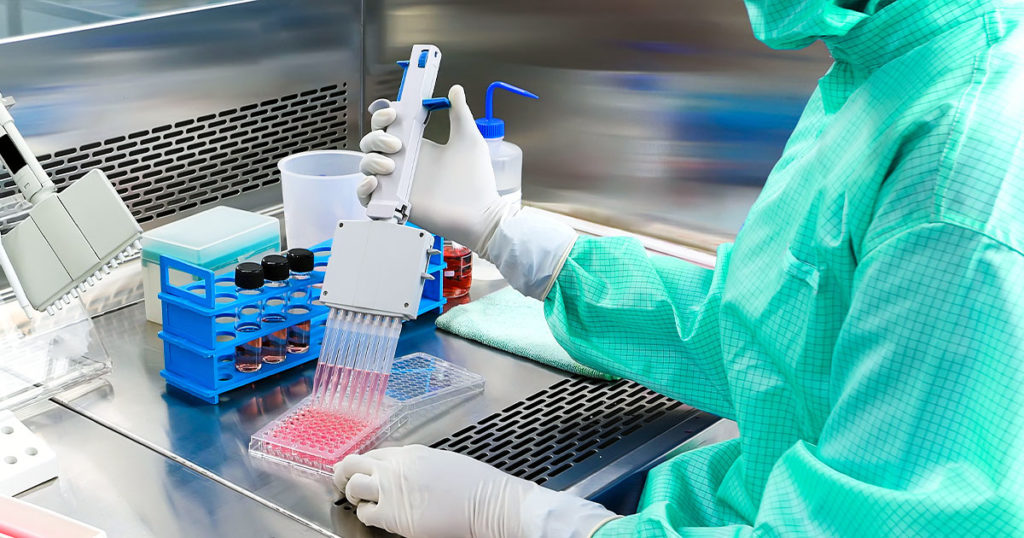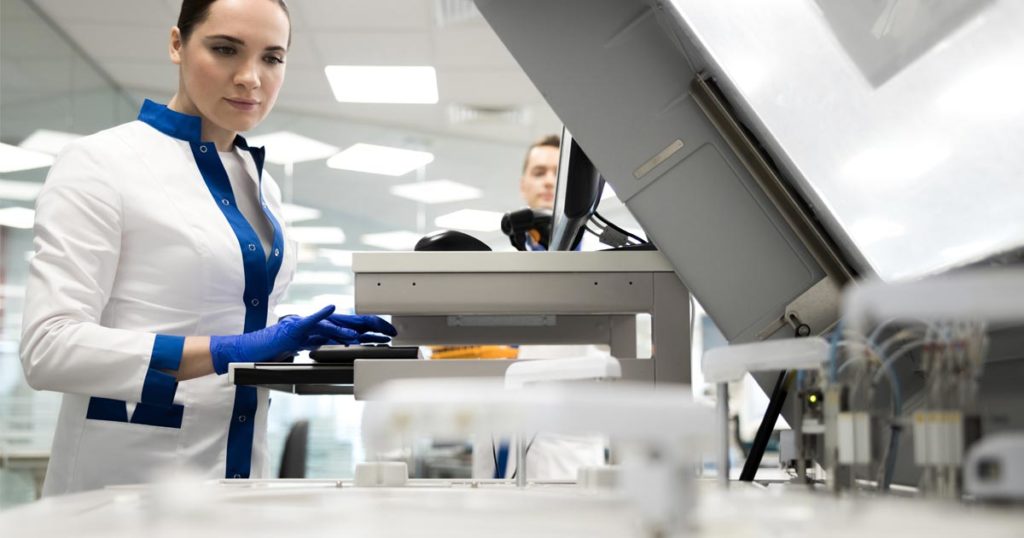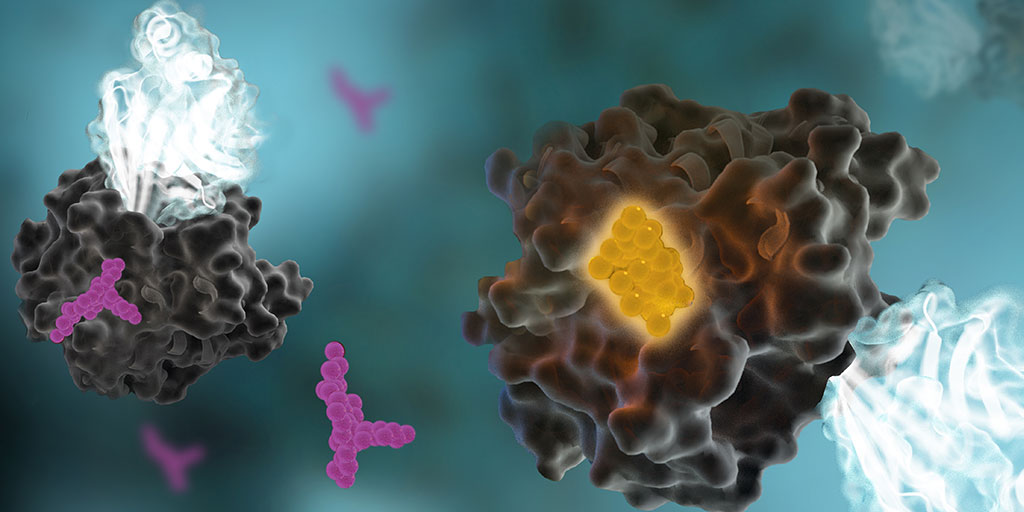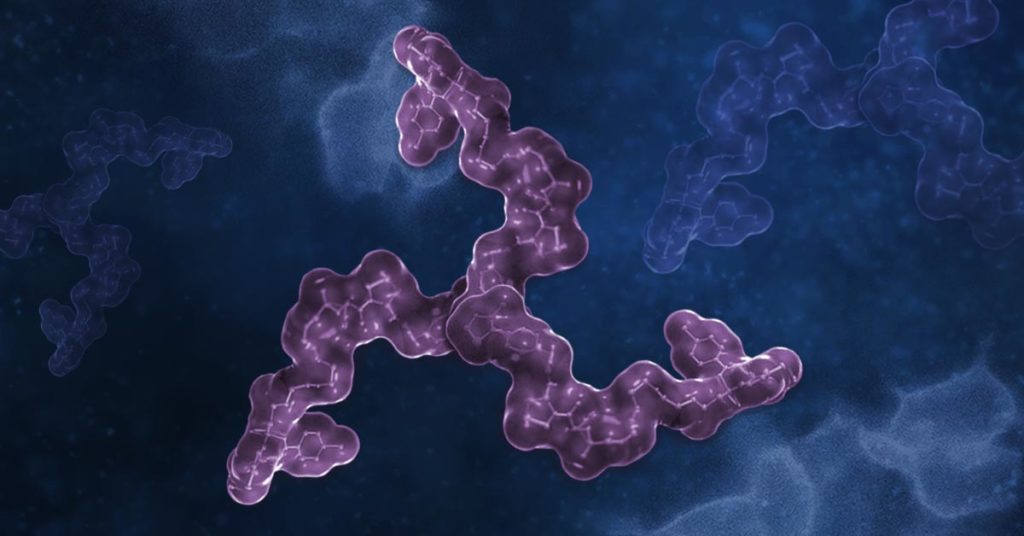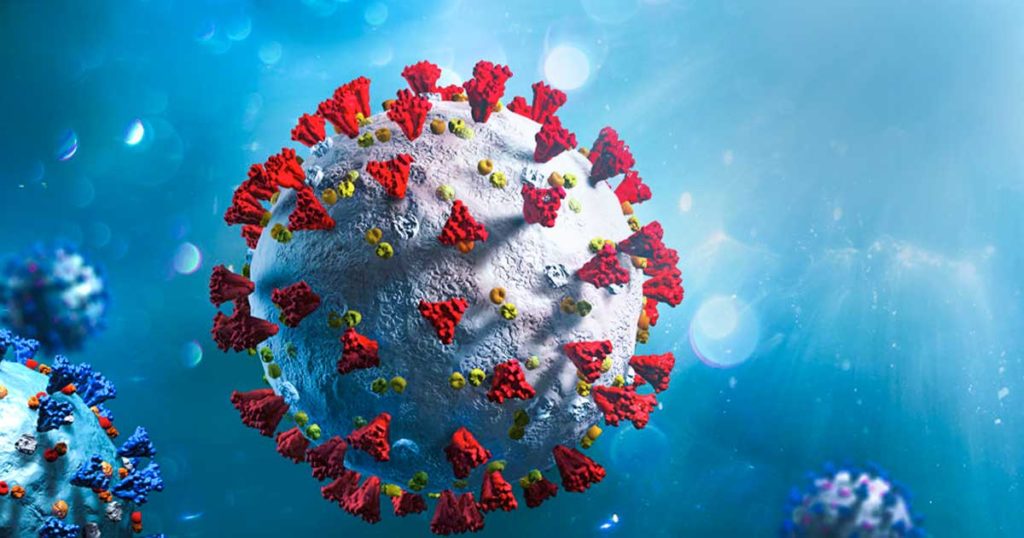Pumpkins have historically been a sure sign of the Halloween season in the United States. Although they are most used for Halloween, there are many ways to use pumpkins after those spooky October days.
Every year in America, more than 1 billion pounds of pumpkin gets tossed in the trash and wasted. Instead of leaving them to rot in the landfill, try one of these ways to get more use out of your pumpkin after this year’s Halloween!

Hopefully, after reading this list, you are able to revel in the fact that a pumpkin is not just for Halloween. Not only can this help you save money, save time, and cook delicious dishes, but it also takes a much more eco-friendly approach instead of wasting food or creating garbage.
Continue reading “Don’t Dump your Pumpkin! Post-Halloween Uses”